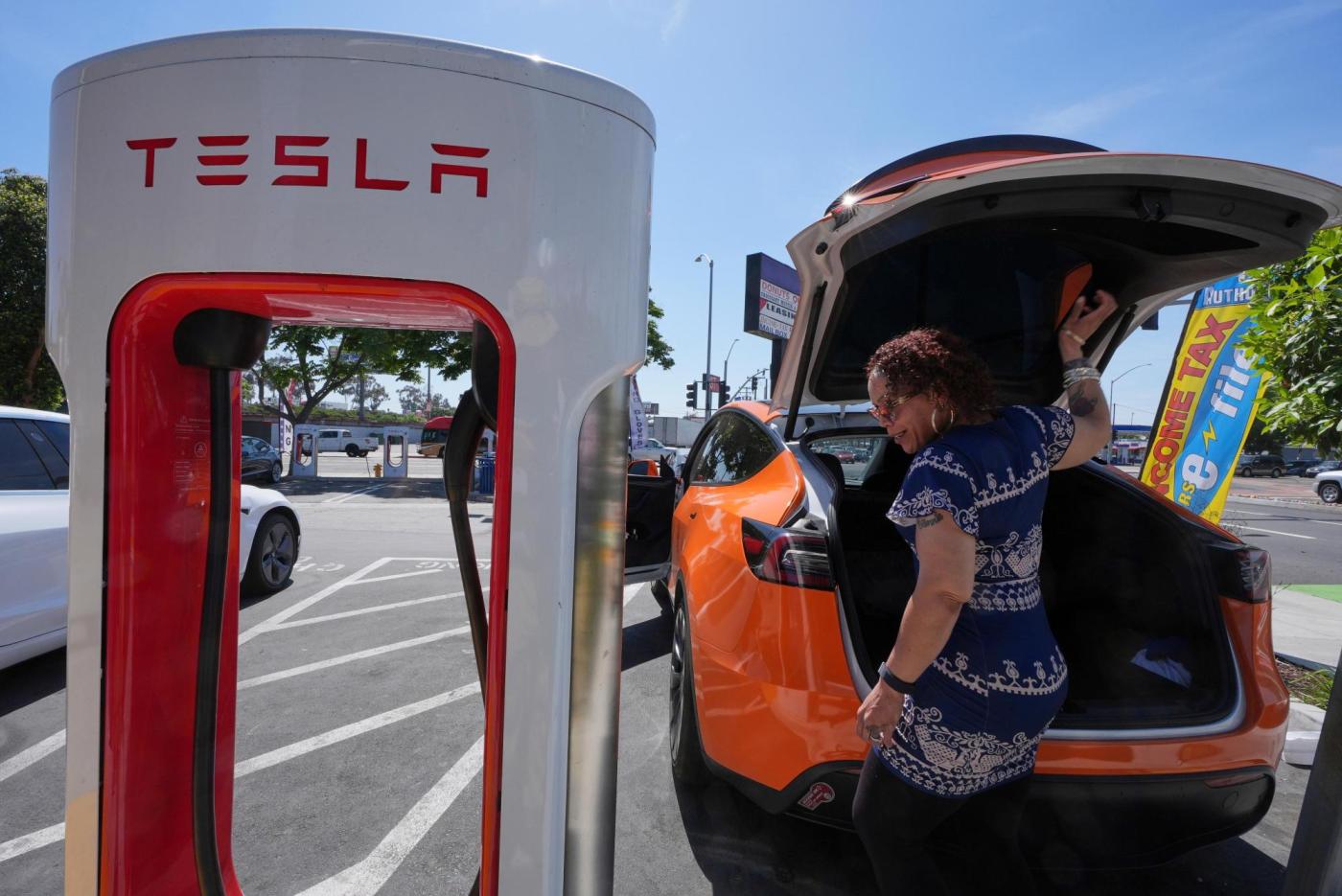Congress’s recent passage of a sweeping tax and spending cut bill has effectively ended federal tax incentives for electric vehicles (EVs), a move that has significant implications for prospective buyers. The incentives, which provided a $7,500 credit for new EVs and up to $4,000 for used ones, will no longer be available after September 30. Despite this, experts argue that purchasing an EV remains a financially sound decision for many.
Prior to the bill’s passage, these federal credits were instrumental in making EVs more affordable, particularly as new electric vehicles cost approximately $9,000 more than the average new gas-powered car, according to Kelley Blue Book. Used EVs also typically cost around $2,000 more than their gas counterparts. Ingrid Malmgren, Senior Policy Director at Plug In America, expressed concern that the loss of these credits could make EVs unaffordable for many lower- and middle-income Americans.
The Financial Case for Electric Vehicles
Despite the higher upfront costs, EVs offer substantial savings over time. Malmgren emphasizes that the long-term savings on fuel and maintenance can outweigh the initial price difference. “Quickly you’ll end up paying less than a gas car because it costs much less to fuel, and it needs almost nothing for maintenance,” she noted.
EVs are generally cheaper to operate due to fewer moving parts and less frequent servicing requirements. Online calculators can help potential buyers determine when their savings on fuel and maintenance will offset the higher purchase price. A 2020 study published in the journal Joule found that the average EV in the U.S. saves drivers $7,700 in fuel costs over a 15-year lifespan, with potential savings exceeding $14,000 in states like Washington, where electricity is more affordable.
Environmental Impact of Electric Vehicles
While manufacturing EVs generates more pollution compared to traditional vehicles, the long-term environmental benefits are significant. Peter Slowik from the International Council on Clean Transportation highlights that after 15,000 miles, the pollution levels of EVs and gas cars equalize, with EVs becoming the cleaner option thereafter.
“Electric vehicles are already inherently so much more efficient,” said Slowik. “They are a no-brainer.”
According to the U.S. Department of Energy, by the end of their lifecycle, EVs produce about half the emissions of gas vehicles. Even in coal-reliant states like West Virginia, EVs emit 31% less carbon dioxide than gas cars, as per a 2023 analysis by Yale Climate Connections.
Looking Ahead: The Future of Electric Vehicles
The cessation of federal tax incentives marks a pivotal moment for the EV market. While some consumers may hesitate without the financial incentives, the long-term savings and environmental benefits continue to make EVs an attractive option. As the automotive industry evolves, the focus may shift towards state-level incentives and technological advancements that further reduce costs and improve efficiency.
In conclusion, while the end of federal tax credits for EVs presents a challenge, the financial and environmental advantages of electric vehicles remain compelling. As consumers navigate this new landscape, understanding the broader benefits of EV ownership will be crucial in making informed purchasing decisions.





































































